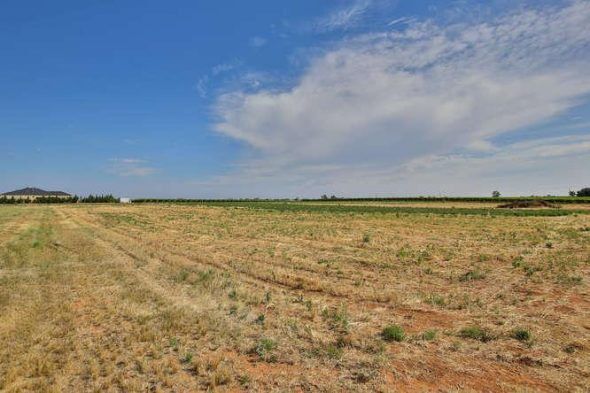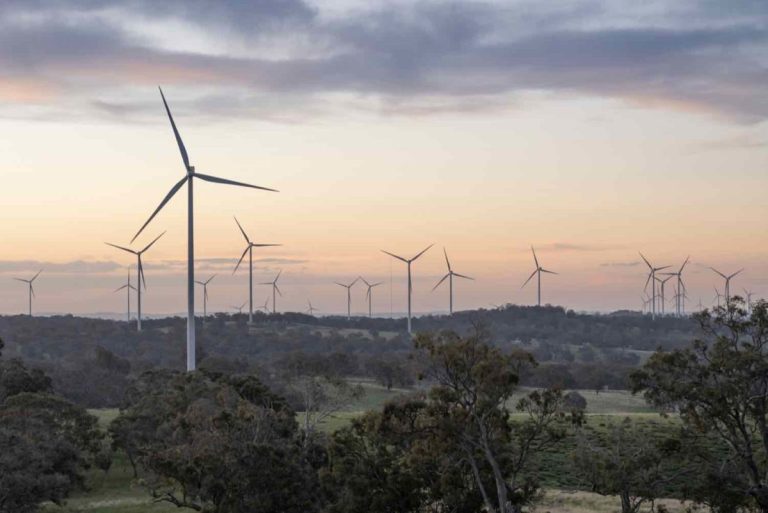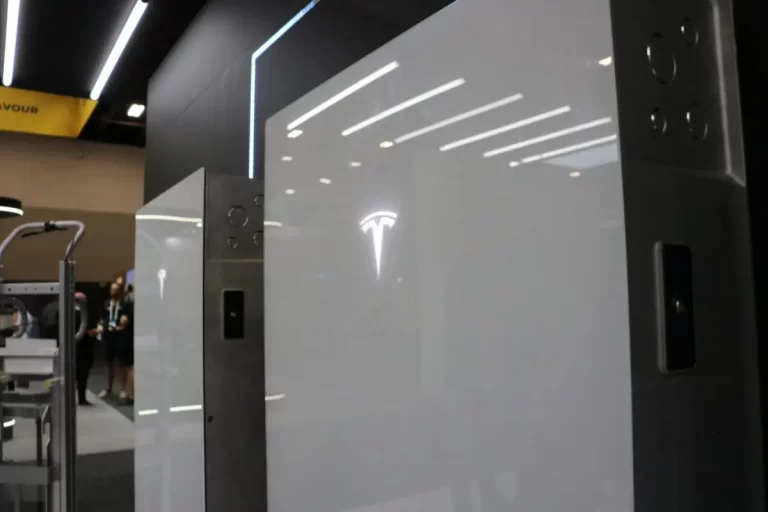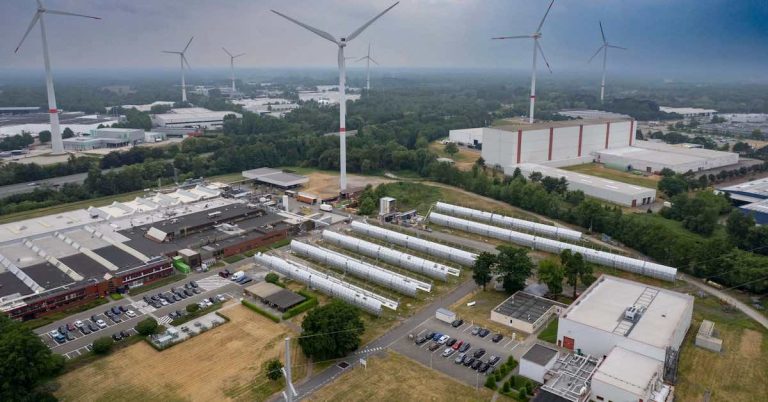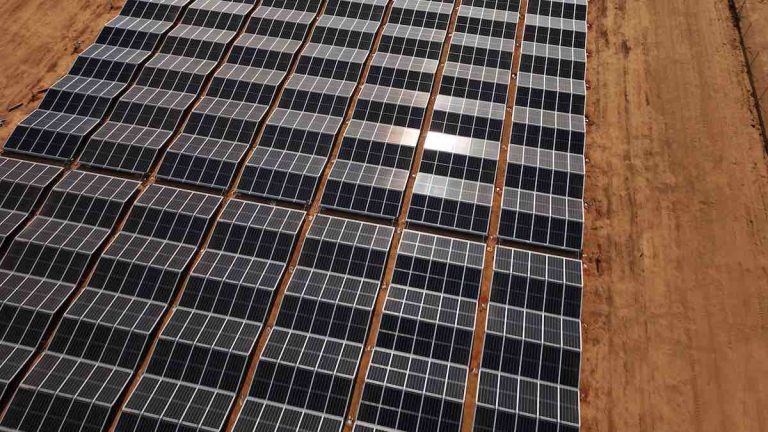Declining Solar Battery Costs Keep Renewables as Australia’s Cheapest Energy Source
The recent release of the 2024/25 CSIRO GenCost report has reaffirmed that integrated renewable energy sources are the most economical option for new power generation in Australia. This comes despite ongoing criticism and the challenges posed by inflation and rising construction costs, particularly for large wind projects.
While the costs associated with wind energy have risen by approximately 6% over the past year, largely due to the inclusion of worker camp expenses, solar photovoltaic (PV) systems have seen an 8% decrease in capital costs for the second consecutive year, thanks to falling module prices from China. The most significant drop has been in battery storage costs, which have plummeted by 20% due to a decrease in battery cell prices.
Challenges for Gas Storage
In contrast, the costs for gas storage have surged, with gas turbine prices increasing by 11% following previous hikes of 13% and 14%. The supply of gas turbines is also constrained, exacerbating the situation amid high global demand.
The report highlights that the levelised cost of electricity (LCOE) for variable renewables, such as solar PV and wind, remains the lowest among all new generation technologies projected for 2030, and is comparable to black coal in 2024. However, both black coal and gas are classified as high-emission technologies, which contradicts Australia’s climate change objectives.
Concerns Over Gas Technology
The reliance on gas poses a significant dilemma for Australia, especially given the government’s and regulators’ ongoing support for this energy source, even as competition from battery storage intensifies. CSIRO energy economist Paul Graham, who oversees the report’s compilation, expressed scepticism about future cost reductions for gas turbines, suggesting that projections for gas improvements may not be realistic.
Graham noted that the inclusion of worker camp costs is particularly relevant due to accommodation shortages in remote areas, which have raised concerns among local councils. This issue is less pronounced for solar projects, which can be situated closer to areas with adequate accommodation and workforce availability.
Adjustments in Financial Projections
Another notable change in the final report compared to the draft released in December is the increase in the discount rate from 6% to 7%, aligning with practices recommended by AEMO and Infrastructure Australia. This adjustment raises capital costs across the board, particularly affecting technologies with high capital and low operational costs.
Despite these adjustments, the overarching conclusion remains that integrated renewables are the most cost-effective solution for Australia and many other regions globally, as corroborated by various reports from organisations like Lazard and the International Renewable Energy Agency.
Interestingly, while solar and battery costs continue to decline rapidly, wind energy prices have stagnated or increased, facing more stringent planning and social acceptance challenges. Graham emphasised the importance of both wind and solar in the energy mix, stating that while solar and batteries are performing well, the need for wind energy remains critical.
In a separate discussion, the report also touches on the costs associated with nuclear energy, highlighting the ongoing debate within the sector.


